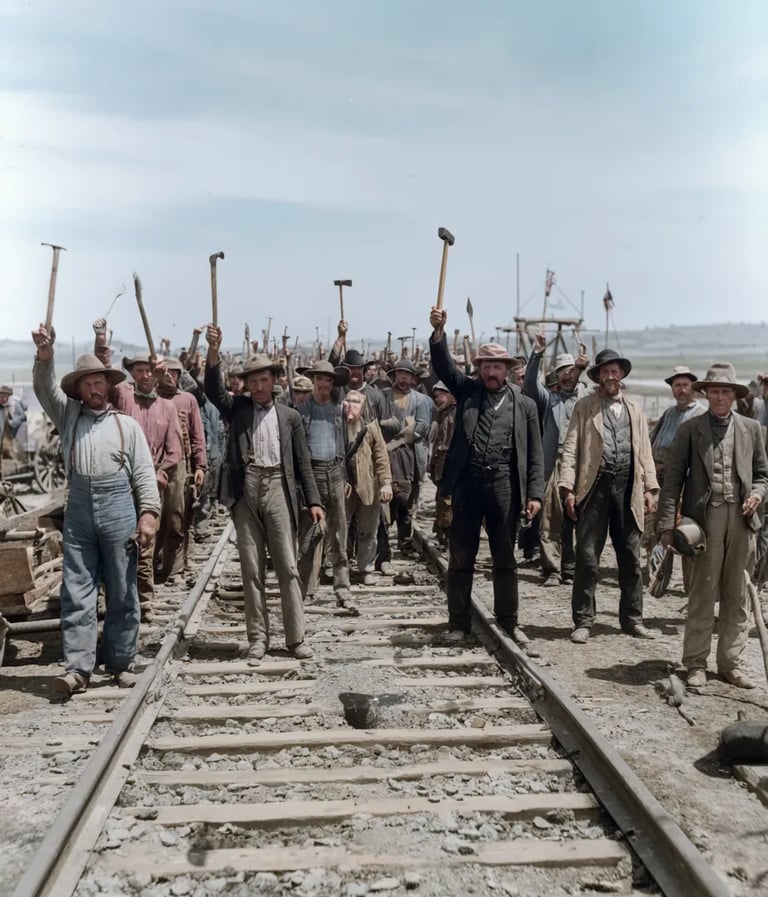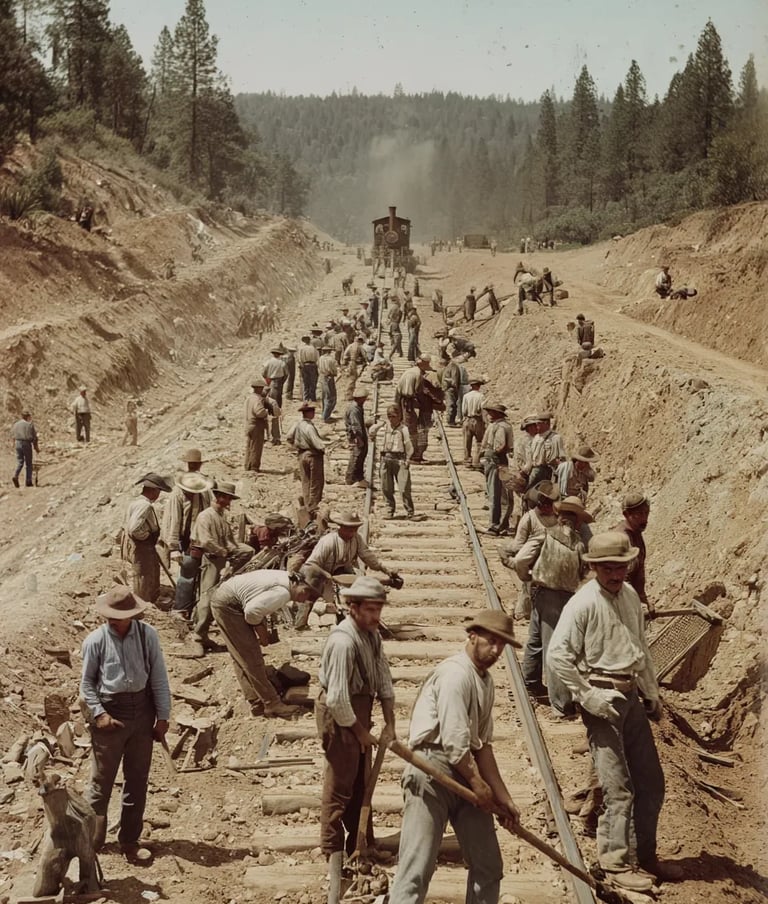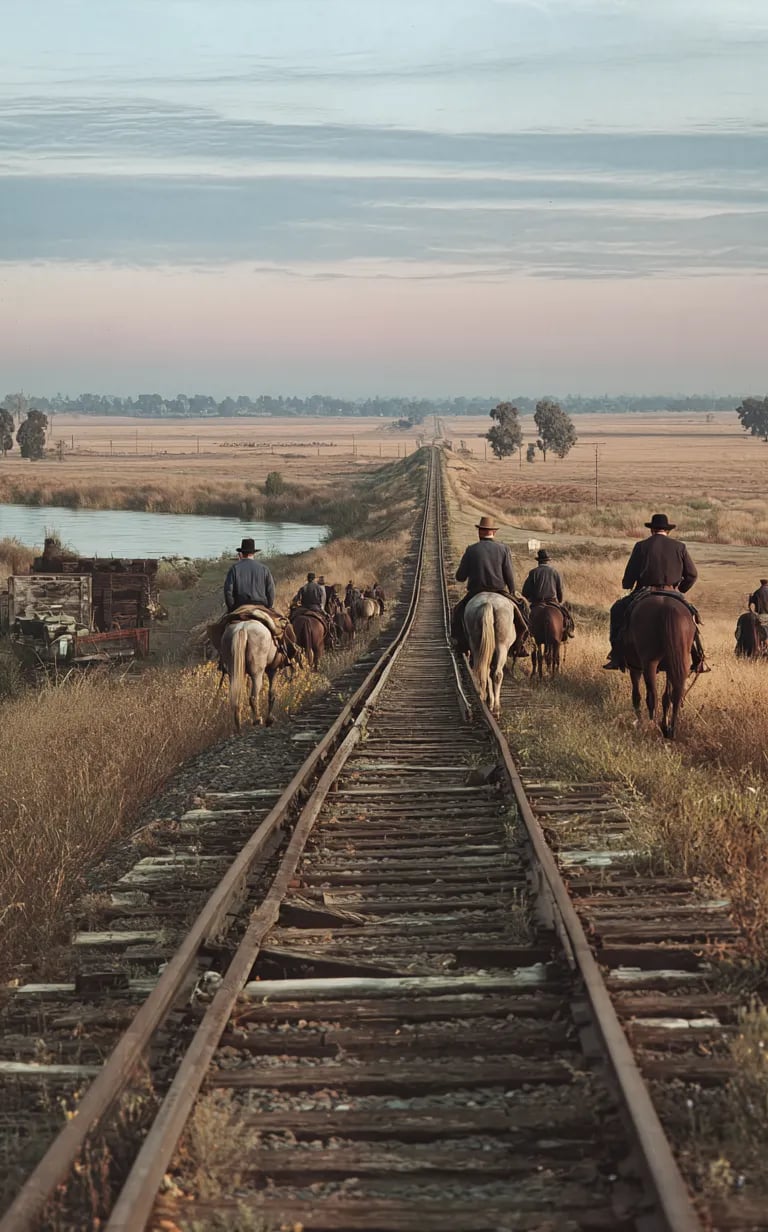Julius Caesar, locked in civil war with rival Pompey, nearly faced disaster at Dyrrhachium, a strategic coastal city in modern-day Albania. Outmaneuvered and suffering heavy losses, Caesar's legions barely avoided collapse. The narrow escape forced him into retreat—an uncharacteristic move for the ambitious general. Yet it wasn’t defeat; it was a setback that would fuel his legendary comeback at Pharsalus, where fortune finally swung in his favor.

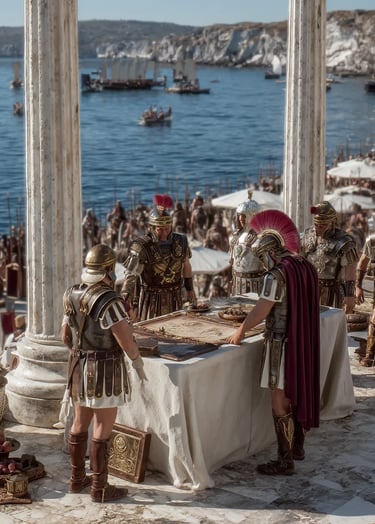
48 BC – Caesar's Close Call: Narrow Escape at Dyrrhachium


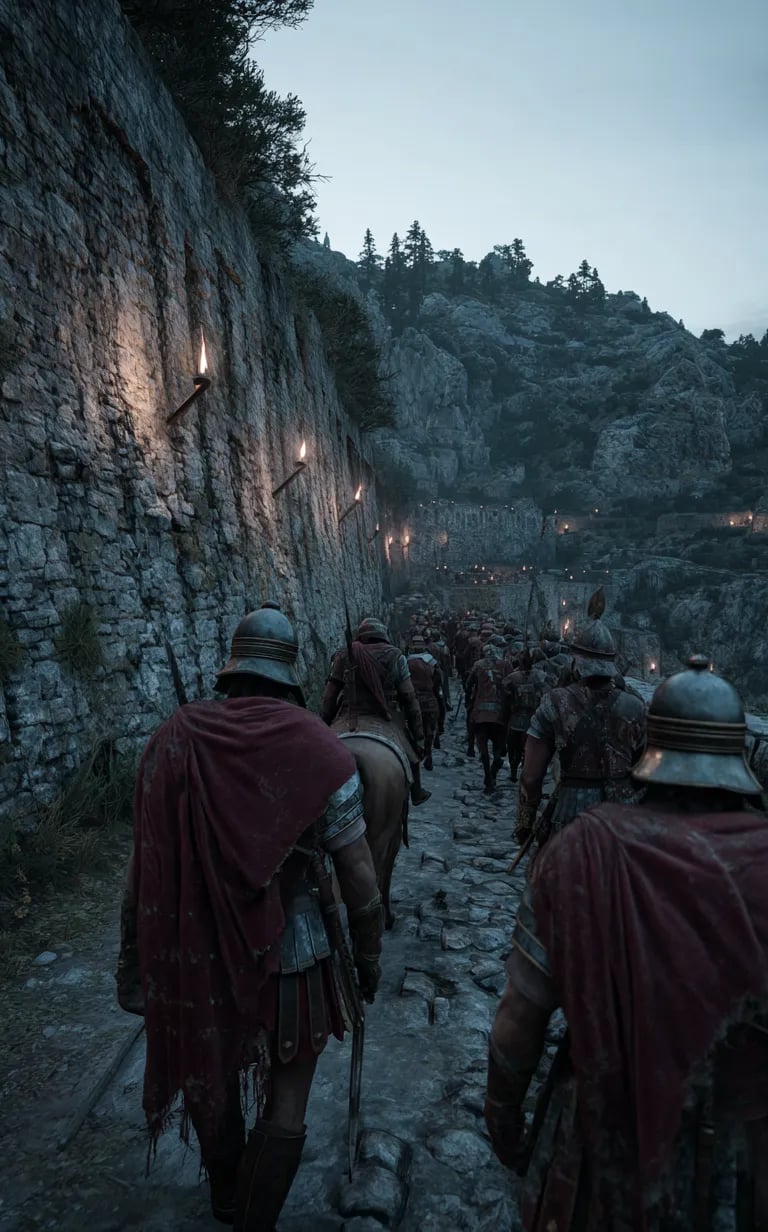

In 988, Dublin officially emerged as a permanent settlement along the River Liffey, founded by Viking invaders who transformed it into a bustling trading post. Over time, it evolved into a cultural and political heart of Ireland. Rooted in both Gaelic and Norse history, Dublin’s foundation marked the birth of a city that would grow to shape Irish identity for over a millennium.
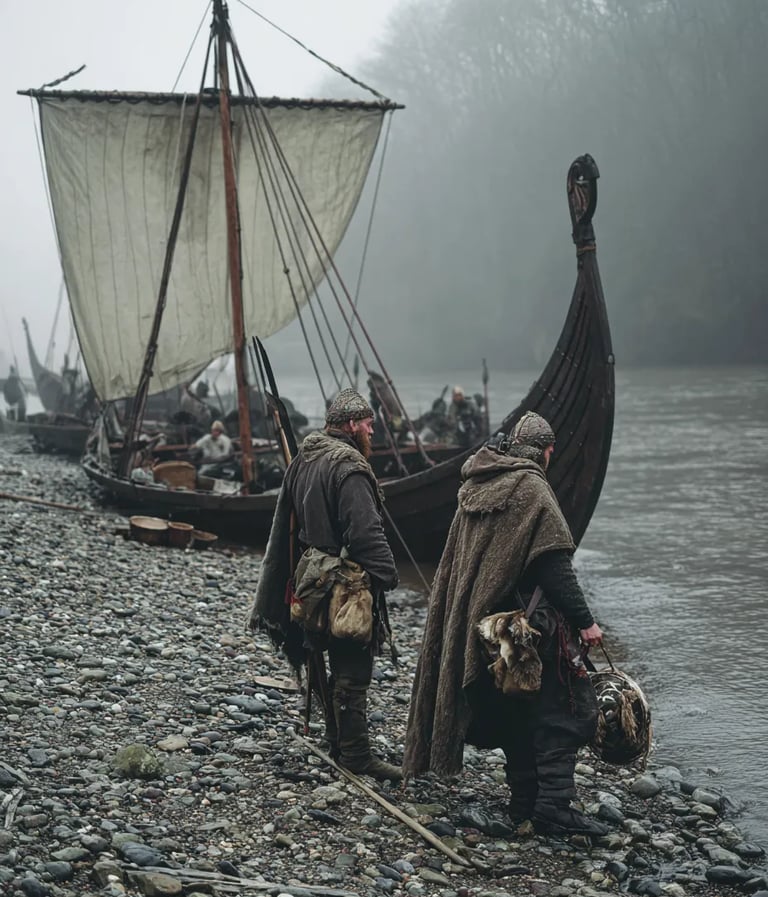

988 – Dublin Is Born: A Viking Outpost Turns Into a City
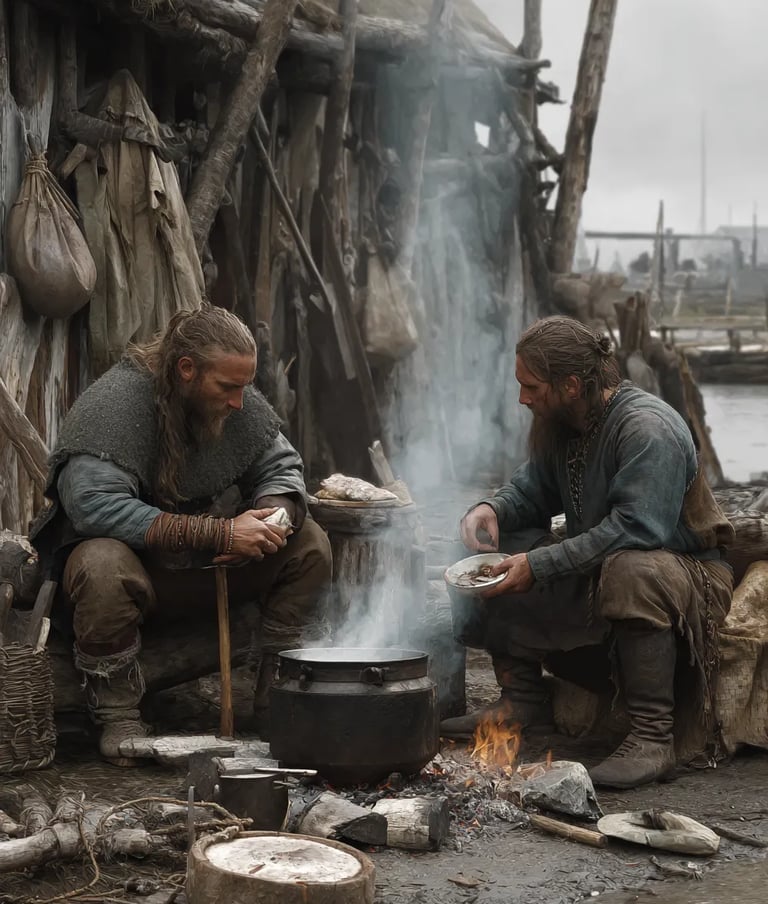



England declared war on the Netherlands in 1652, launching the First Anglo-Dutch War—a fierce naval struggle rooted in trade rivalry and maritime dominance. Both nations, emerging global powers, clashed over sea routes and economic supremacy. The conflict marked the beginning of a brutal, century-long power struggle that would redraw the balance of naval strength and colonial ambition throughout the world’s oceans.
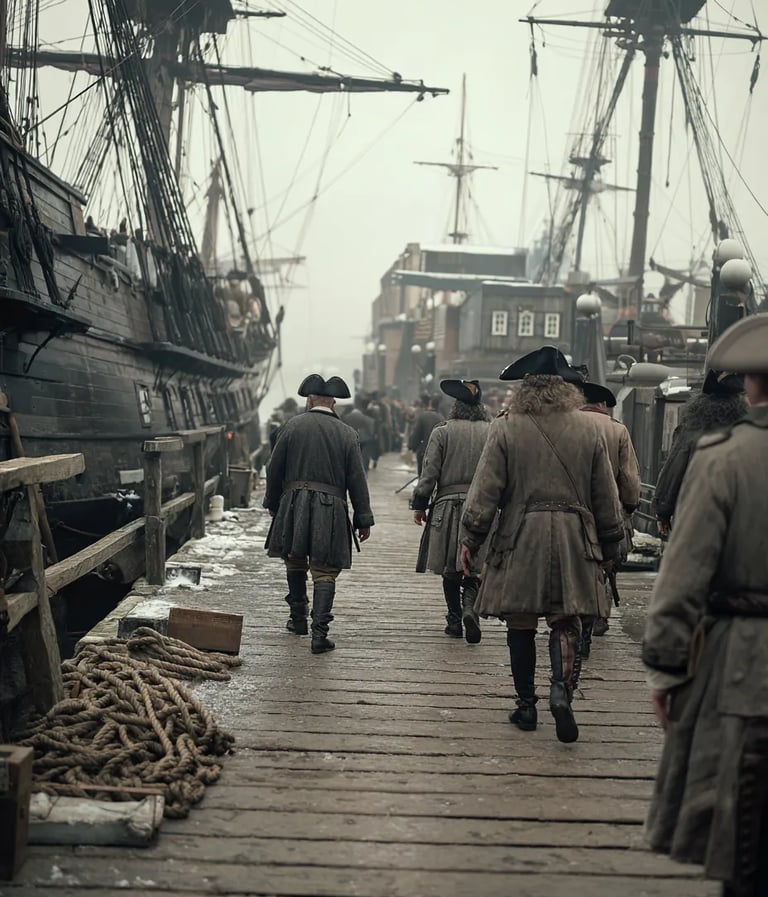

1652 – Gunpowder and Trade Wars: First Anglo-Dutch War Ignites
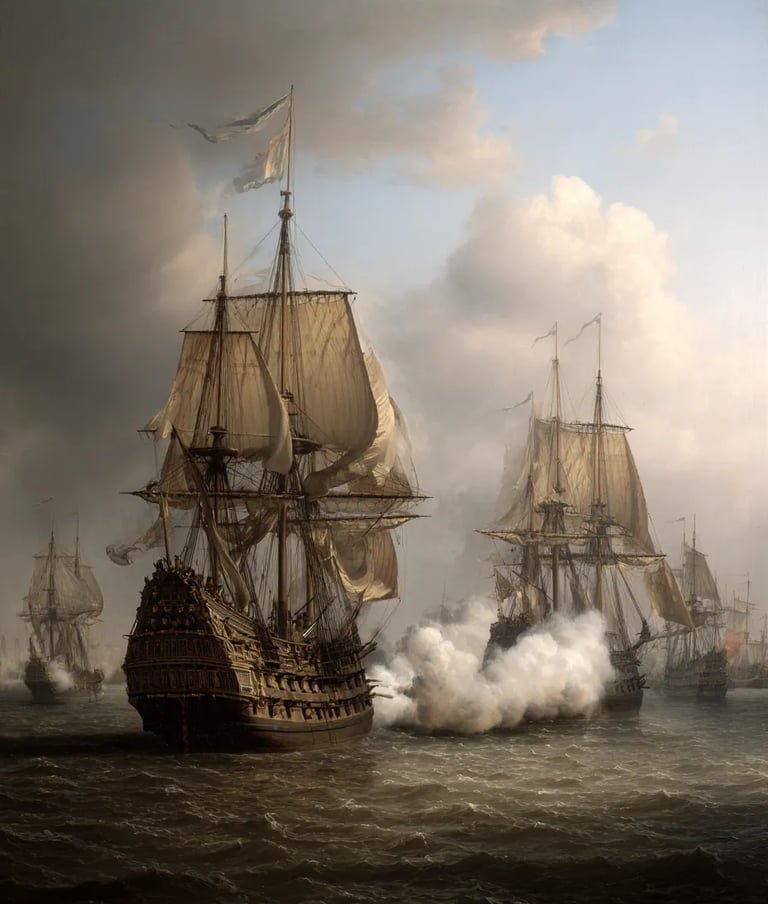

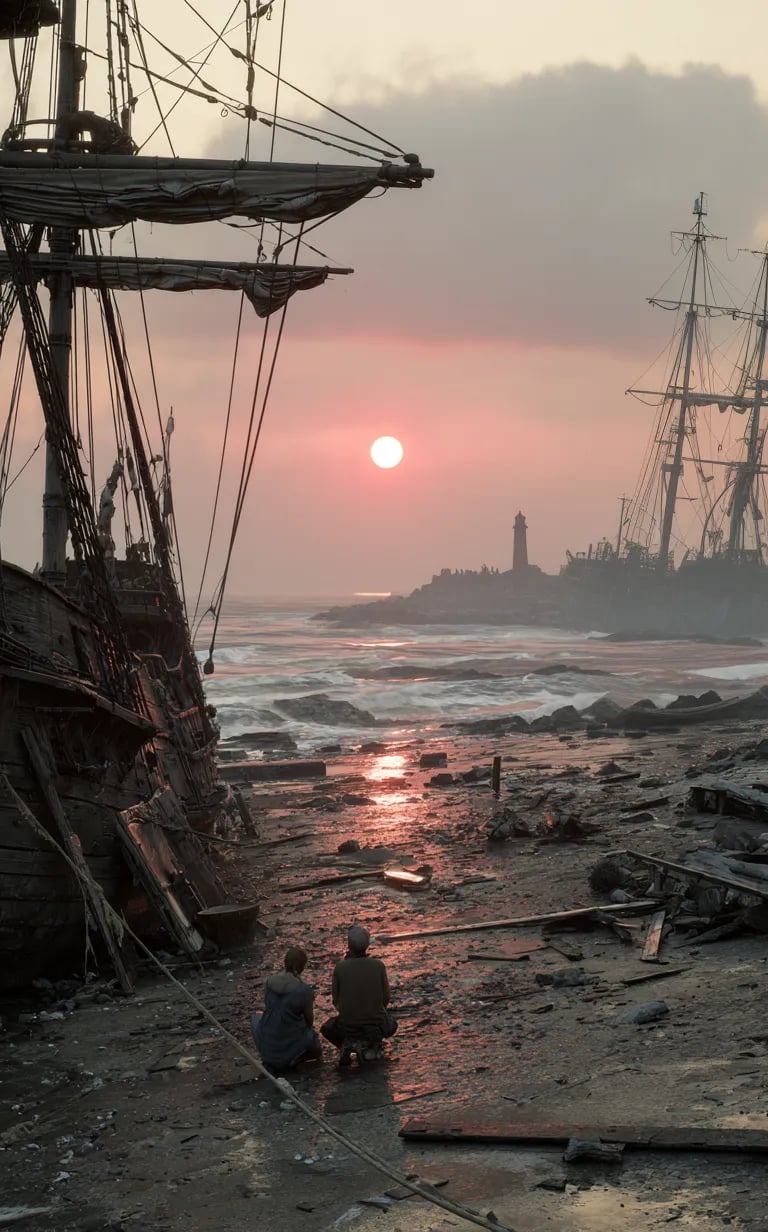

On July 10th, 1775, Horatio Gates, a prominent general in the Continental Army, issued a directive banning Black individuals from enlisting. At a time when the fight for liberty clashed with realities of slavery and racism, the order highlighted contradictions in the American Revolution. Though later reversed, it revealed the uneven path toward freedom and the long struggle for equality within the very army seeking independence.
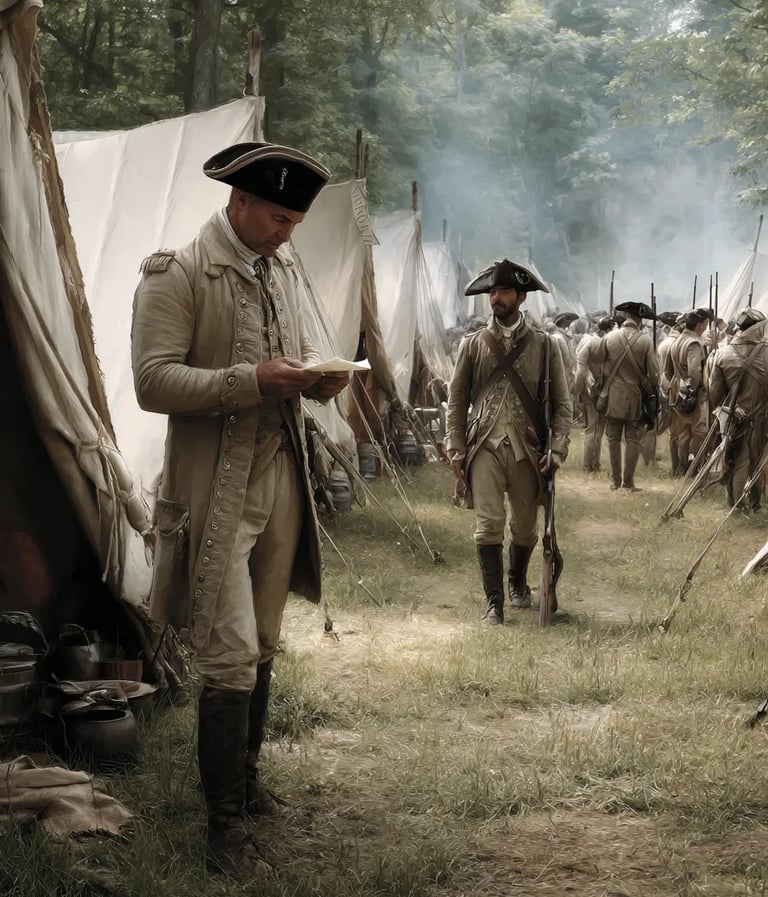

1775 – Exclusion by Order: Gates Bans Black Soldiers

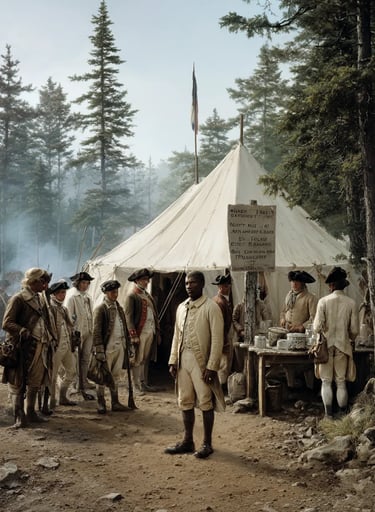
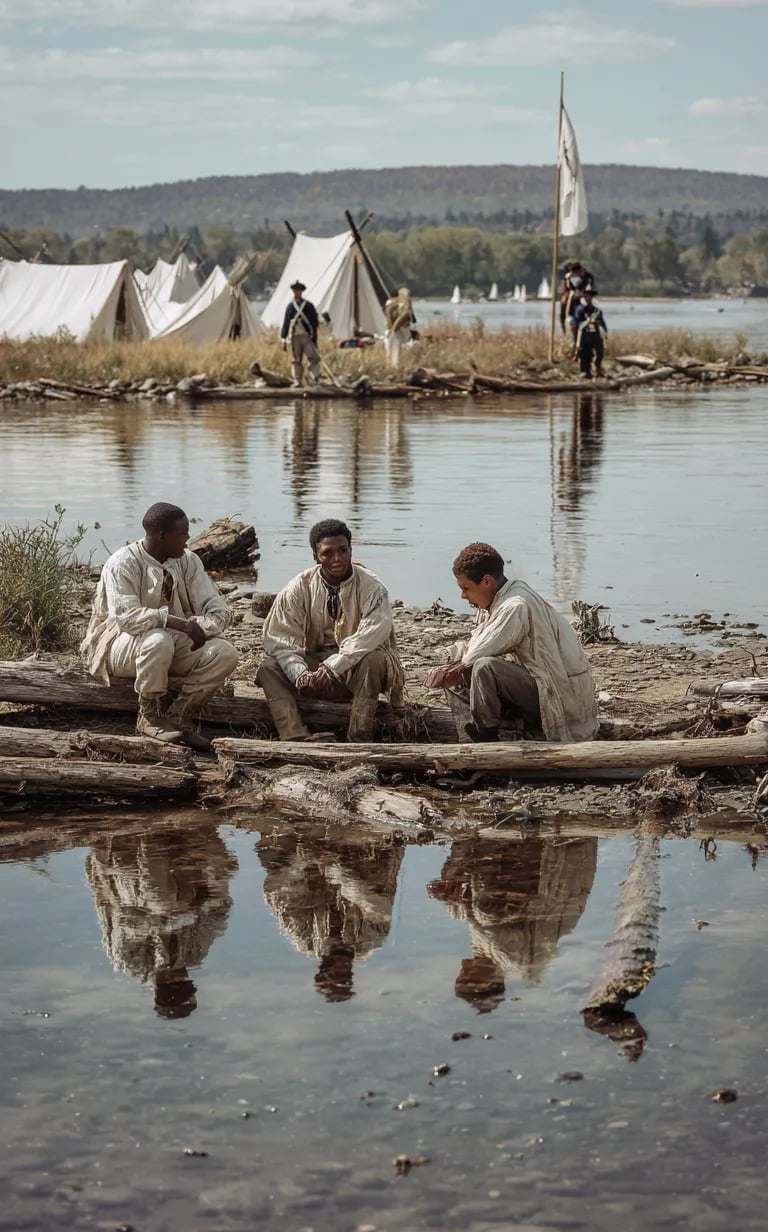

On July 10th, 1862, the United States began construction of the Central Pacific Railroad in California, a monumental effort to connect the eastern and western coasts. Authorized by the Pacific Railway Act, the project relied heavily on immigrant labor and federal support. This first step would eventually lead to the completion of the transcontinental railroad, transforming trade, migration, and the physical and economic landscape of the American West.
